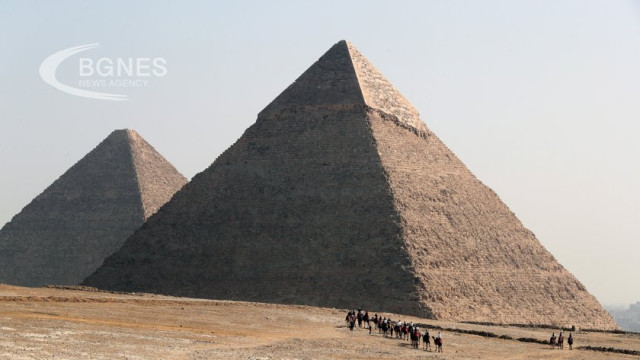Exciting news for archeology lovers. Live Science reports that recent excavations in central Egypt have uncovered an incredible array of ancient artifacts, including a particularly long "Book of the Dead" papyrus. Located in Tuna al-Gebel, the 3,500-year-old cemetery, the artifacts date back to the New Kingdom period of Ancient Egypt, from 1550 to 1070 BC.
The Egyptian cemetery contains much more than mummies. It also has various "shabti" (or ushabti) figurines, sarcophagi and amulets, the Egyptian Ministry of Tourism and Antiquities revealed. Shabti figurines in particular retain a remarkable degree of cultural significance and were believed by the ancient Egyptians to aid the deceased in the afterlife. In addition, the previously mentioned papyrus "Book of the Dead" is of marked importance and remarkable length.
While the discovery in the Egyptian cemetery is very important and may tempt over-excited horror fans to imagine it's something supernatural, specific details about this particular "Book of the Dead" remain undisclosed.
Although the huge papyrus text found in the Egyptian cemetery is often called the "Book of the Dead", it is functionally a collection of ancient funerary documents. These texts were considered vital in helping the deceased through the challenges of the underworld. It was a common practice to bury excerpts of the text next to the deceased.
Nevertheless, the academic community is abuzz with interest and enthusiasm. Prominent University of Chicago Egyptologist Foy Scalf emphasizes the extraordinary significance of discovering the "Book of the Dead" in its original burial place - an Egyptian cemetery. Lara Weiss of the Rumer and Peliseus Museum in Germany - a scholar particularly recognized for her expertise in the Book of the Dead - confirmed that if the papyrus is as well preserved as it is impressively long, the find will indeed be remarkable.
In addition, the excavations are helping to shed light on other historical figures of the period. Among the mummies discovered is that of Jehuti's daughter, who lived 3,500 years ago and was a high-ranking priest of the god Amon. Another grave, apparently belonging to a woman who performed the functions of a singer in the temple of Amun (a deity associated with the sun and the historical city of Thebes), was also discovered in the Egyptian cemetery.
In addition, archaeologists have discovered numerous canopic jars that were traditionally used to store the organs of the deceased. The one-of-a-kind site also includes the remains of stone sarcophagi that replaced the less durable wooden coffins.
The world eagerly awaits further revelations from the ancient Egyptian cemetery, while excavations and detailed analyses are still ongoing. /BGNES



.jpg)
.jpeg)


